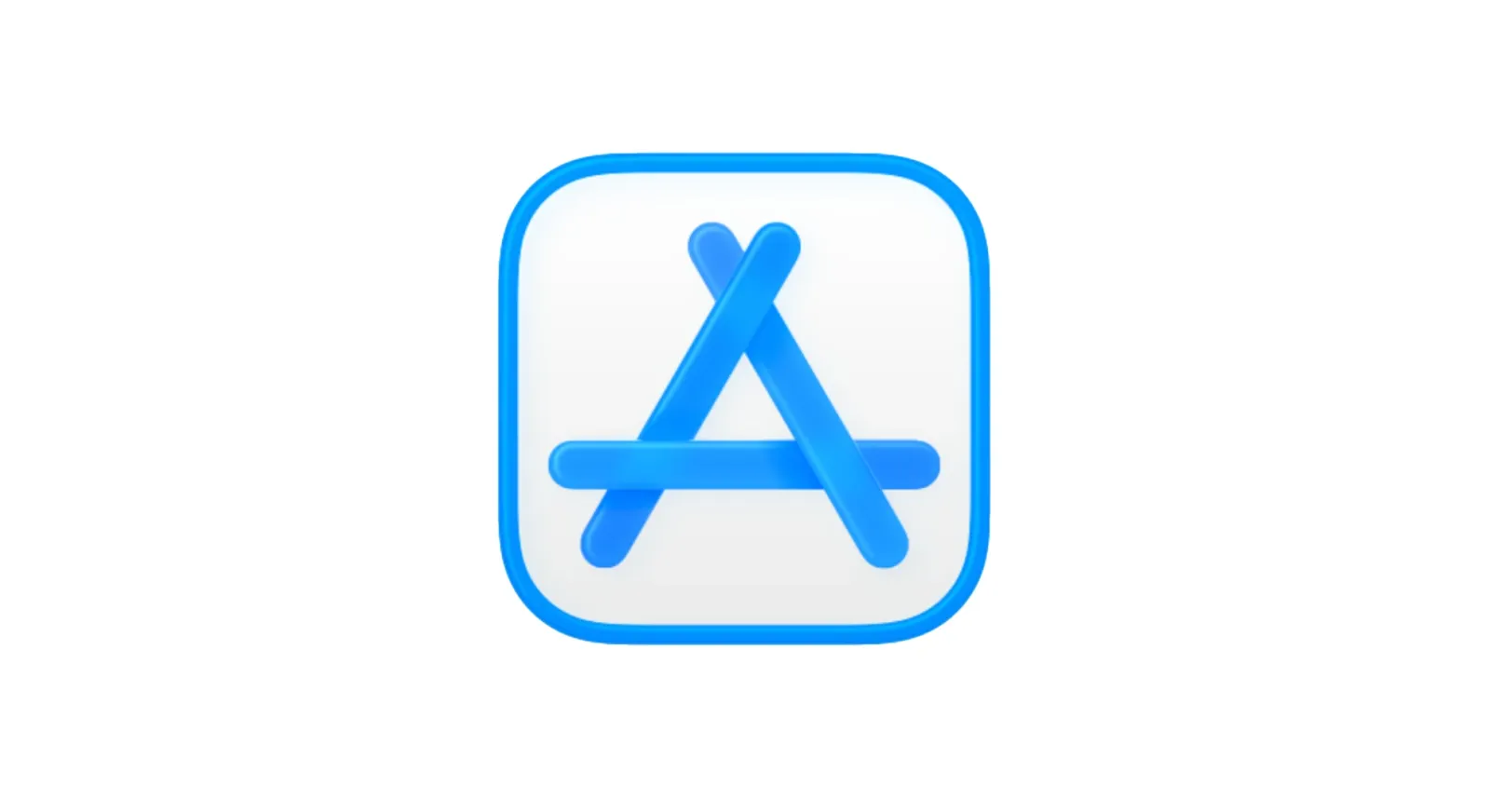Spotify is adjusting its shuffle system once again, this time introducing a mode designed to reduce how often listeners encounter repeated tracks. The new setting, called Fewer Repeats, replaces what had previously been the default shuffle mode. Users should now hear a wider rotation of songs before the algorithm loops back to familiar choices — an attempt to address one of the most persistent criticisms of Spotify’s playback behavior.
Premium subscribers aren’t locked into the change. Under Playback settings, they can revert to the old Standard shuffle mode if they prefer the familiar pattern. The company also framed the update in simple terms: greater randomness can actually lead to more repeats, a quirk of probability that many users misunderstand. Fewer Repeats introduces a degree of structure aimed at creating a more evenly varied listening experience without altering playlist order outright.
Hints of this feature appeared months ago, when app code suggested Spotify was experimenting with alternative shuffle logic. It follows another update from earlier this year, when Premium users gained the option to disable Smart Shuffle. That feature, introduced in 2023, blended playlist tracks with algorithmic recommendations — a move that frustrated those who wanted strict control over what played next.
The latest update continues Spotify’s ongoing recalibration of how listeners engage with playlists, though it also adds to a growing list of shuffle-related settings. Questions remain about whether such complexity is necessary. A truly random shuffle would eventually cycle through all tracks without bias, but Spotify has long prioritized recommendation-driven logic over pure randomness. The Fewer Repeats mode appears to be a compromise designed to satisfy users who simply want more variety without unexpected additions or overly frequent repeats.







